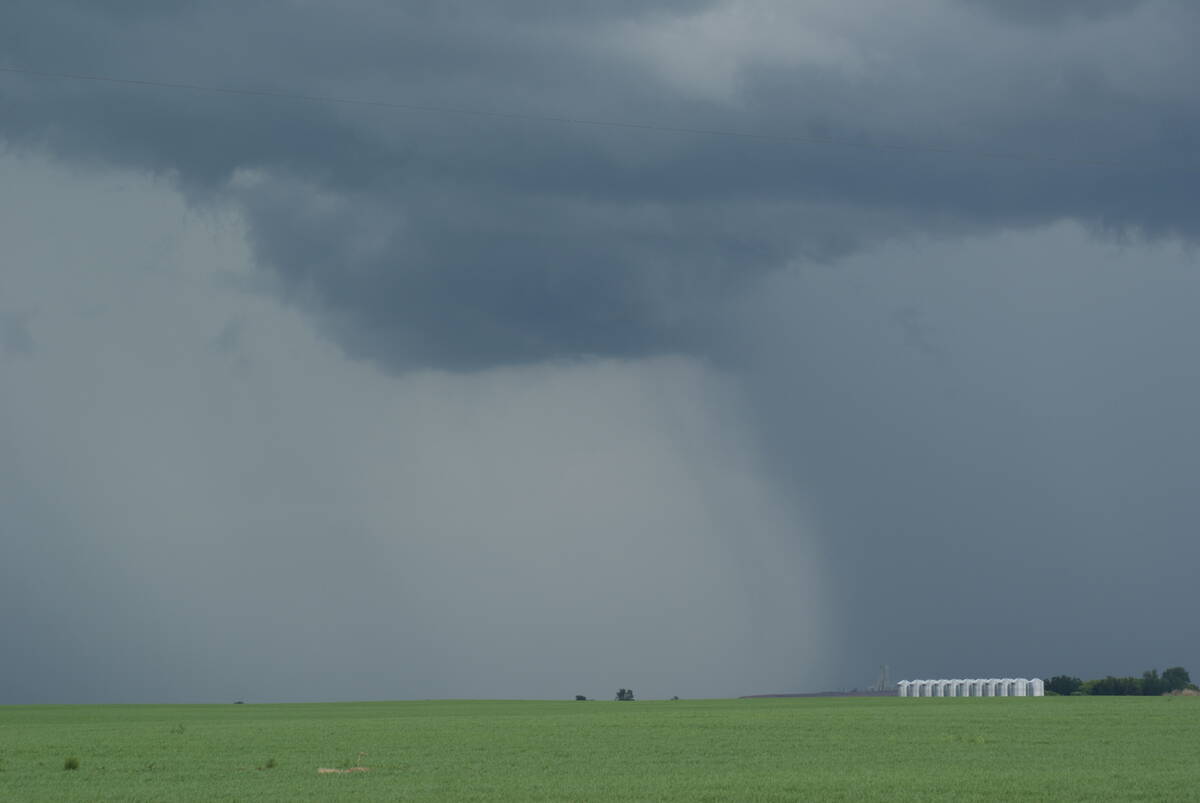Hundreds of analysts, farmers, grain industry leaders and agriculture commodity market experts have been gathered this week in Winnipeg for Cereals North America.
It’s a major grain market outlook conference that kicks off the winter meeting season for me and for many others.
The crops are off the field, farmers have had a chance to recover a little from the epic effort of harvest, grain companies have a better sense of what sort of crop they’re going to be moving, and the world is trying to figure out what to do with it.
Read Also

Canadian farmers need new tools to support on-farm innovation
Farmers need a risk management buffer that actually works and investment that drives advancements forward if Canada is to build resilience.
What the conference heard was not heartening for farmers, grain traders or North American grain handlers.
(To see chunk-sized reporting of this event, go follow me on Twitter @EdWhiteMarkets or check out the Twitter hashtag #CNA2015. Lots of us are blabbering about the event.)
A WORLD AWASH IN GRAIN
The world is awash in grain and demand is growing at nowhere near the rate it was a few years ago, in the boom times.
That was the main theme of Daniel Basse, the president of AgResource, who provided the overall grains market outlook session.
Agricultural productivity is increasing, demand growth has weakened, nobody yet has stepped in to become the new China and soak up the world’s production surges, and the rest of the commodities complex isn’t providing reasons to want to own a lot of grain.
CME Group senior economist Erik Norland offered a longer-range cautious outlook: no-one should simply assume that grain values must increase as the world population increases, because that hasn’t been the historical pattern.
The world’s population is indeed growing and per capital intake has been increasing, but crop yields also grow and countries like China might see their calorie intake rates stop growing once they are heavily-urbanized. That was what happened in Japan, where not only did calorie intake stall once the country was industrialized and urbanized, but population growth also stopped and fell.
THE G3 VISION
Cereals North America is a new conference in only its second year. It was originally put together by CWB and AgResource, and now that CWB has become G3 it’s an AgResource-G3 show.
One of the most illuminating elements of the conf yesterday was the session in which G3 chief executive officer Karl Gerrand was quizzed by journalist Laura Rance on G3’s vision for growth and development of both itself and of Western Canada’s grain industry.
Gerrand said G3 needs to offer a unique value to both farmers and the grain trade in order to build itself a valuable place in an already mature industry and it has begun trying to do that.
Its aggressive building of new facilities is part of its attempt to build a maximum-efficient, loop-to-loop grain handling system that can speedily run grain to port and then get the trains back to the Prairies.
An interesting element of the discussion was Gerrand’s underlining of the importance of the east coast ports and facilities for Canadian crops. Sure, the West Coast gets all the attention because most crops flow there, but 25 percent go the other way and that’s vitally important for the industry.
CURRENCIES ARE KING
If anyone has ever needed a primer on currency spreads and how relative currency values affect the real-world outlook for farmers around the world, they’ve been getting it here in Winnipeg.
While Canadian farmers are grumpy about today’s crop prices, and U.S. farmers are downright glum at what look like low prices, farmers in Brazil, Argentina and Russia are feeling pretty good about things. The latter countries have seen their home currencies fall in value in the past year and that is making their crop prices seem a lot better than American farmers are seeing.
That affects how much farmers around the world will push acreage this winter (in the southern hemisphere) and spring. Basse argued that some farmers somewhere will need to drop millions of acres of production in order for supply and demand to get back into balance, and because of the high U.S. dollar, American farmers are seeing the poorest returns and hence are most likely to drop those acres.
He’s penciling-in a 17 million acre decrease in American acreage for coming years, following the boom years in which American farmers boosted acres by tens of millions.
WHITHER THE WEATHER?
Anyone wanting a detailed and illuminating discussion on the world weather patterns that will affect the world’s farmers in the coming year and years could get their fill during the first day of Cereals North America. There was much discussion of the PDO, El Nino, La Nina and other complex systems that are well beyond my understanding.
The simple takehome message to me was that the world might be going through a shift from weak El Nino and La Nina systems and into more severe occurrences. So that could make things more exciting and hair-raising for crop producers and world markets.
Additional Cereals North American coverage here:
Weak Canadian dollar to linger














